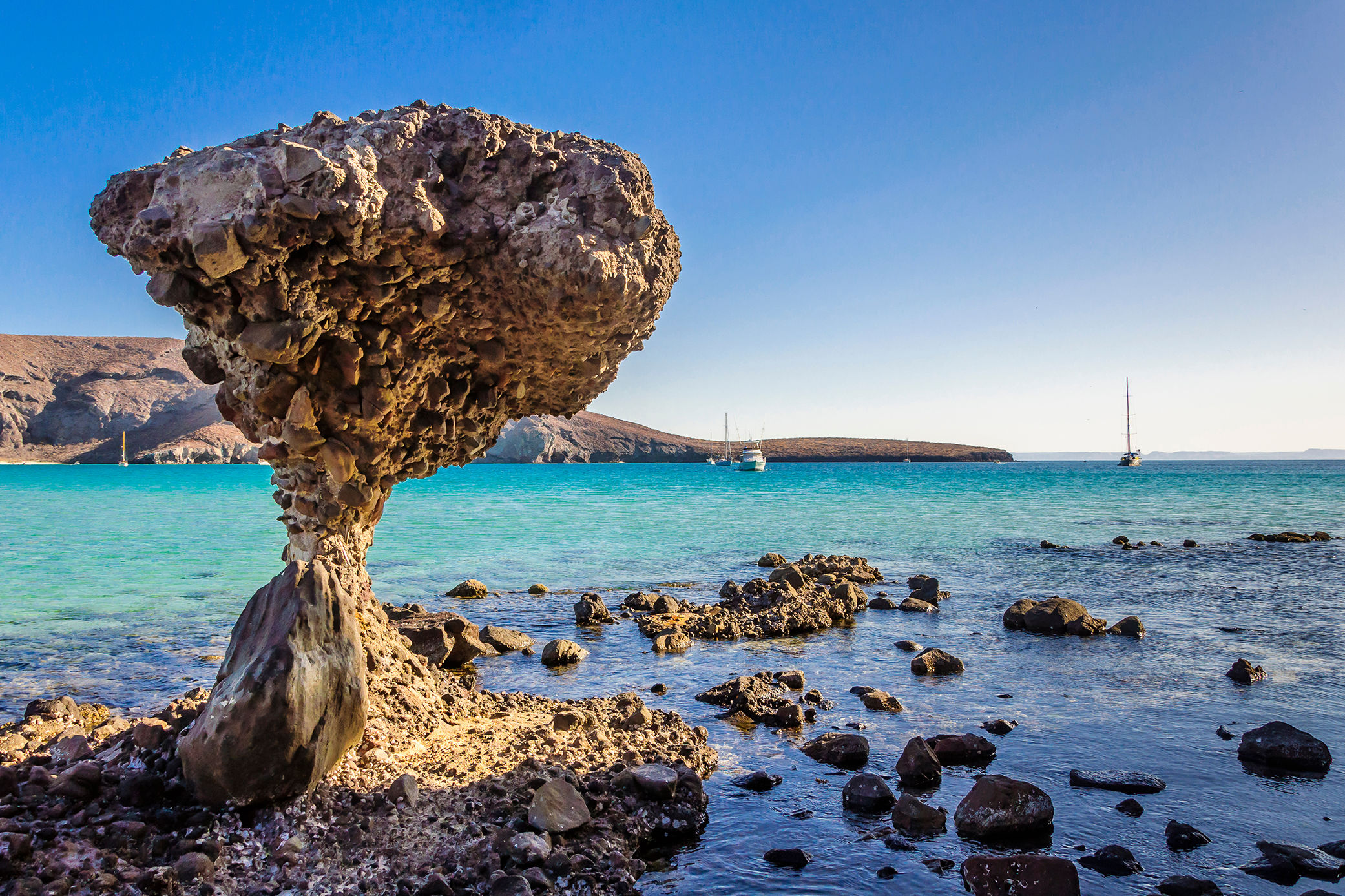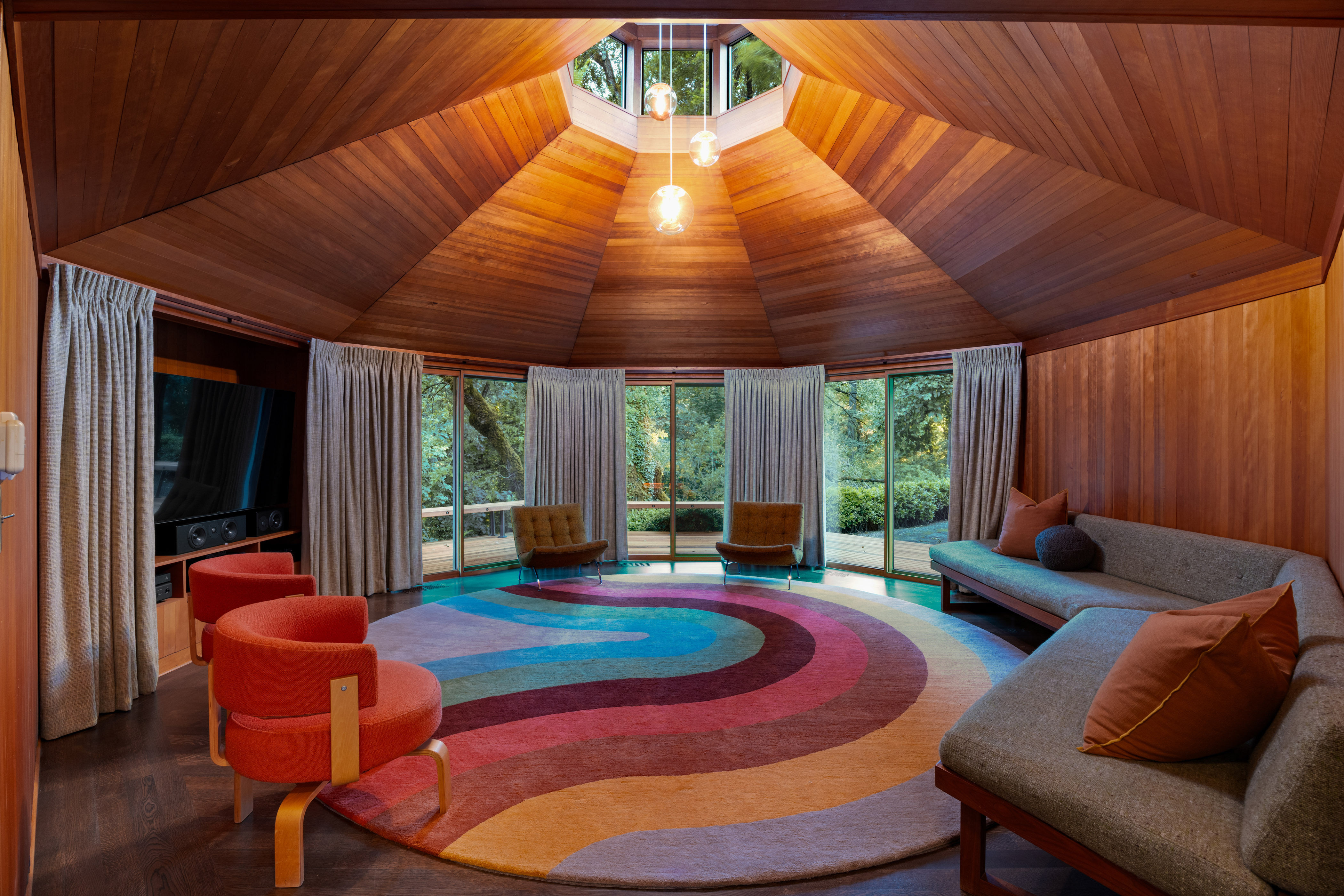Why Right Now Is the Best Time to Visit Mexico City
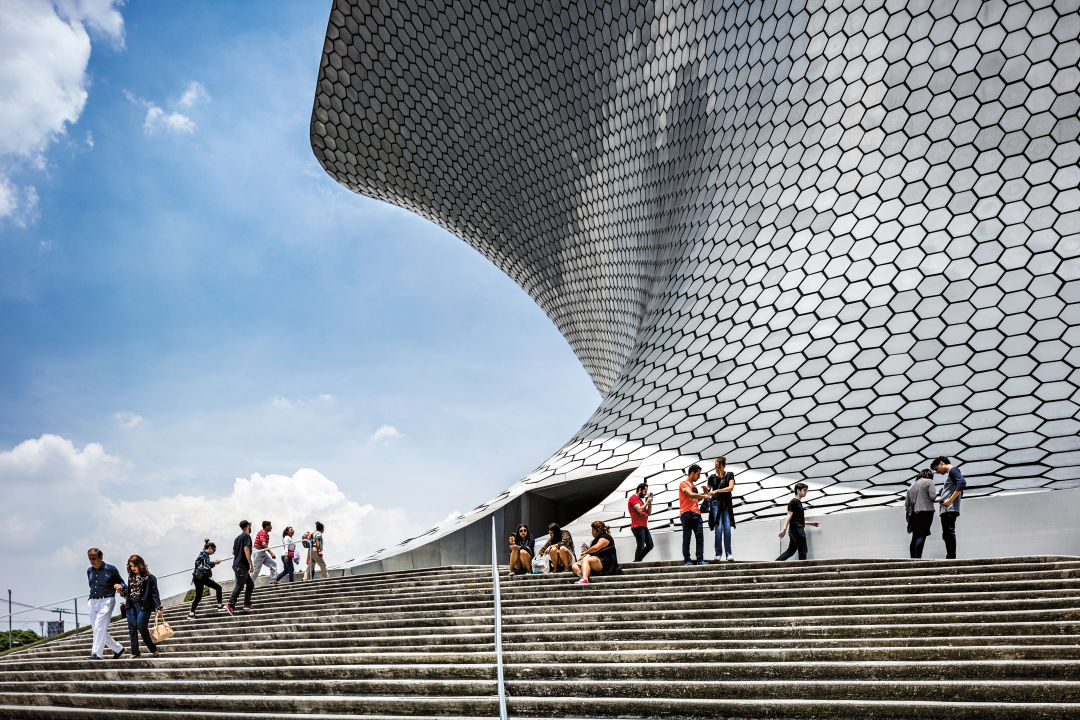
In Mexico City's Nuevo Polanco neighborhood, the new Museo Soumaya houses art by Old Masters inside a bold, modern building—a fitting metaphor for this enthusiastically anachronistic city.
Aztec temples next to Spanish colonial churches. Art deco houses jostling against slick glass-and-steel skyscrapers. Smog-choked modern streets still navigated by the occasional horse-drawn cart.
Mexico City of the 1980s, when I first visited, felt like a study in anachronism—and appetite. Alluring aromas emanated from brightly painted taquerías, walls blackened by decades of smoke. Bow-tied waiters served midnight breakfasts at the timeworn Café El Popular. And at century-old cantinas, old-timers reminisced about earlier days, when a cultural renaissance drew international artists like my parents to the “Paris of the New World.”
In 1996, I moved here for good, just in time to witness Mexico City’s resurgent appeal. Today, thanks to investments in public transportation and stringent pollution regulations, the surrounding mountains are again visible. Crime is way down. Older neighborhoods, from the art deco Condesa to colonial Coyoacán, have reclaimed their architectural splendor. Entertainers like Tony Bennett and Renée Fleming pack the capital's restored theaters. The cutting edge of installation art is found at new galleries like Kurimanzutto, while Mexican artists—from Gabriel Orozco to Javier Marin—are now world-famous. A culinary revolution, led by chef Enrique Olvera, has made the city a global food destination.

Clockwise from left: Communal dining at one of Mercadoroma's two locations; El Taco Club tours Parque México and then makes a stop at Mercado Medellín
Image: Courtesy Jaime Navarro and Courtesy El Taco Club
But best of all are the people. Friendly and welcoming, chilangos—as residents are affectionately called—also possess immense (and recently tested) fortitude. Shortly after September’s terrifying earthquake, which badly affected the Condesa, where I live, my neighbors filled the streets, tending to the injured, feeding the hungry, clearing rubble. Signs of the tragedy remain, as isolated buildings lean precariously, waiting to be demolished. But the city quickly regained its footing. Within days, locals again lined up for hot chocolate and churros at Churrería El Moro—chilango comfort food—and lovers of every stripe strolled hand in hand through leafy Parque México.
Eat
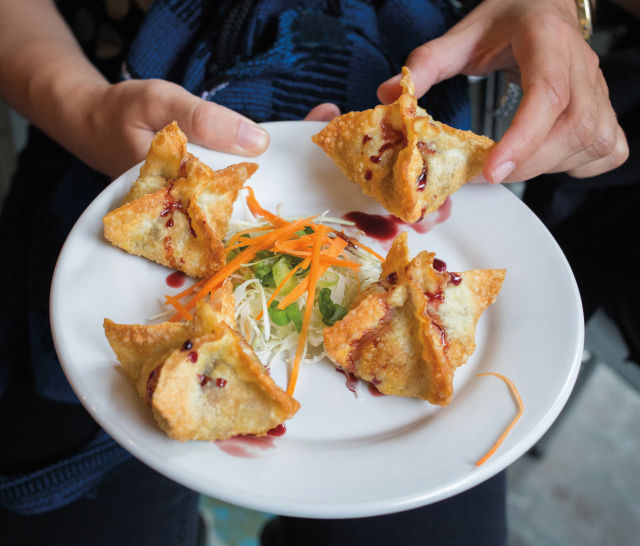
Deep-fried treats at Roma Norte’s Tres Galeones
Image: Courtesy El Taco Club
From humble street stands to high-end cuisine, Mexico City offers foodies a dizzying array of delicious options. At the Condesa’s Pasillo de Humo, rising-star chef Alam Méndez specializes in Oaxacan cuisine with a contemporary touch. (Try his textbook-perfect red, green, and yellow moles served with handmade tortillas.) At Raíz (in Polanco), French-trained Israel Montero creates original Mexican-influenced dishes sourced from local producers. Loretta Chic Bistrot is a see-and-be-seen hot spot in otherwise quiet San Ángel; chef Abel Hernández’s buttery Franco-Mex cooking just earned him a local Gourmet Award. And of the city’s trending food halls, the best is the Mercadoroma Coyoacán: 40 stands that offer Mexican and international foods, from Ochentaocho’s classic cemitas (hearty sandwiches from Puebla) to fine wood-smoked pizzas at Ummo. You’ll find me, meanwhile, downing a Modelo Especial at the original Bolívar location of the convivial Salón Corona, a 90-year-old cervecería in the Centro.
Do
Mexico City has a reputation for stellar museums; discover why at the Museo Dolores Olmedo. This lusciously landscaped, peacock-guarded estate in Xochimilco features the largest grouping of Frida Kahlo paintings in the world. In fashionable Colonia Roma, the Museo del Objeto del Objeto houses an eclectic pop design collection; a recent show examined the history of the Mexican stove through the 1950s. And while you can’t go wrong perambulating through Centro, Condesa, Roma, or Coyoacán, consider a quirkier outing: El Taco Club’s guided taco tours by bicycle always end with a craft beer or mezcal tasting. Want live music with your mezcal-tini? Cocktails and cool jazz draw a youthful crowd at speakeasy-style club Parker & Lenox (Zona Rosa).
Stay
The three suites in Roma’s La Valise (rooms from around $300) are full of quirky ’50s furniture. (The bed in “La Terraza” rolls right out to the terrace on tracks.) In the Condesa, La Palomilla (rooms from $100) is a friendly B&B tucked away in a quiet alley. Across Chapultepec Park, the Busue (rooms from $190) provides an intimate counterpoint to the high-rise hotels that now dominate tony Polanco. The Centro’s Downtown (dorm beds from $15, rooms from $250) offers spacious suites, economical rooms, and even bunkhouse options—along with a rooftop pool and bar that afford some of the city’s most spectacular views.
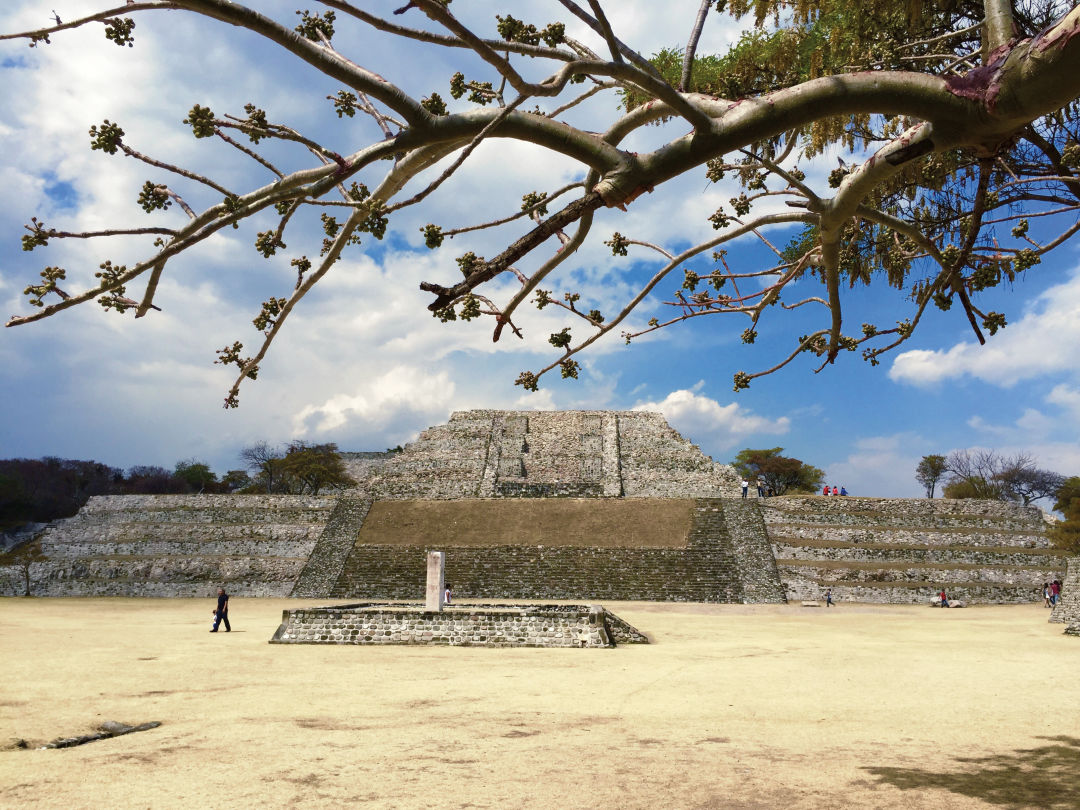
Pre-Columbian ruins at Xochicalco
Image: Nicholas Gilman
Day Trip
Looking for an alternative to the tourist-choked pre-Columbian ruins of Teotihuacán? Instead, drive two hours south of the capital—passing the snowcapped active volcano Popocatépetl—to Xochicalco. This beautifully maintained (and somehow little-known) archaeological site was built by a seventh-century civilization that predates the Aztecs.
Get There
Aeroméxico’s six-hour nonstop red-eye service to Mexico City flies daily from PDX (fares from $336).
